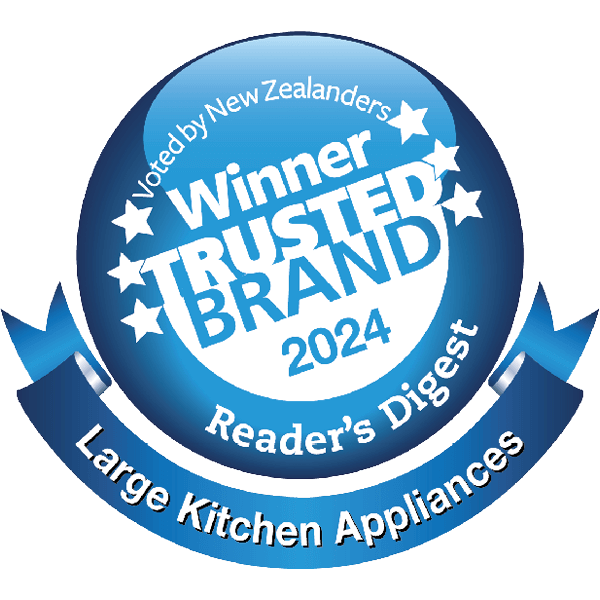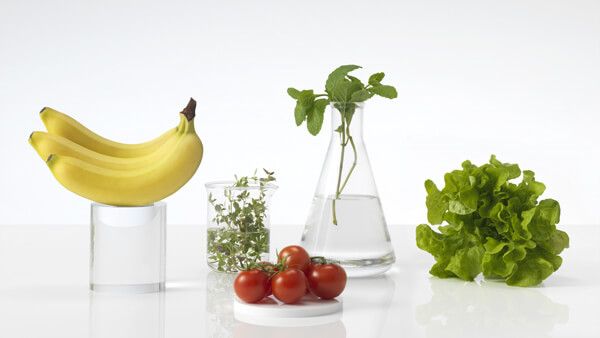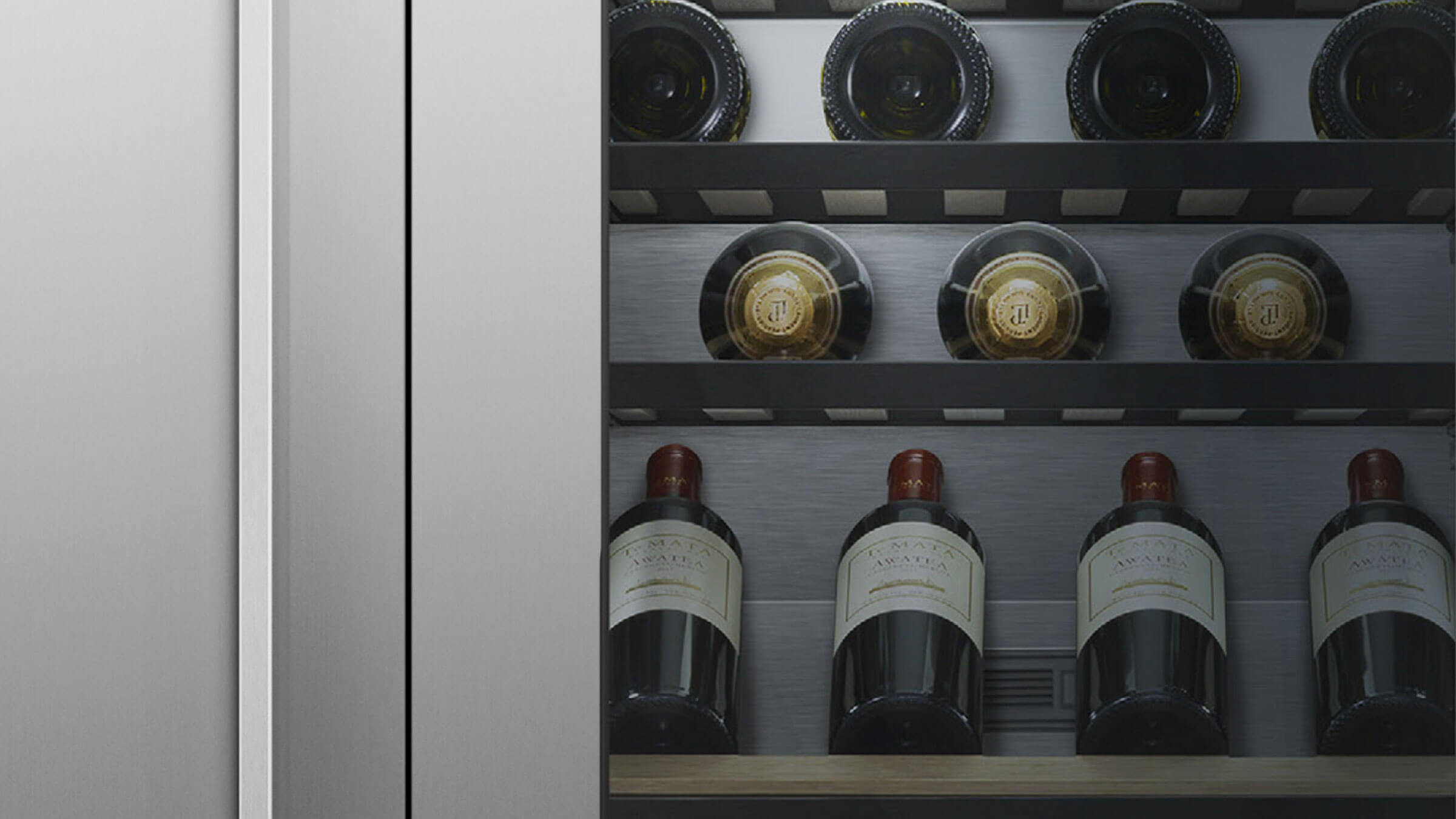Climate Control

NZ's Most Trusted Large Kitchen Appliances Brand
As voted by New Zealanders for 24 consecutive years.
Ultimate Kitchen Solutions
Carbon Impact
Learn moreThe Preservation
Of Fresh
Preservation Principles
Separate Spaces for
Fresher Produce
While apple and watercress may come together to form an amazing culinary creation in a salad, storing them in the same place before the meal is ready to come together can make for an underwhelming result on the plate.
A wide range of fruits produce ethylene as they ripen – a gas that speeds up the degradation of many vegetables and berries. Apples, kiwifruit, peaches and tomatoes are just some of the fruits in the modern kitchen that produce ethylene, while leafy greens, cucumbers, cauliflower and broccoli are highly sensitive to it.
Having the ability to store fruits and vegetables separately not only allows you to dial in the perfect temperature and humidity, but also ensures both remain fresher longer.
Mark Haydon – Chief Designer

